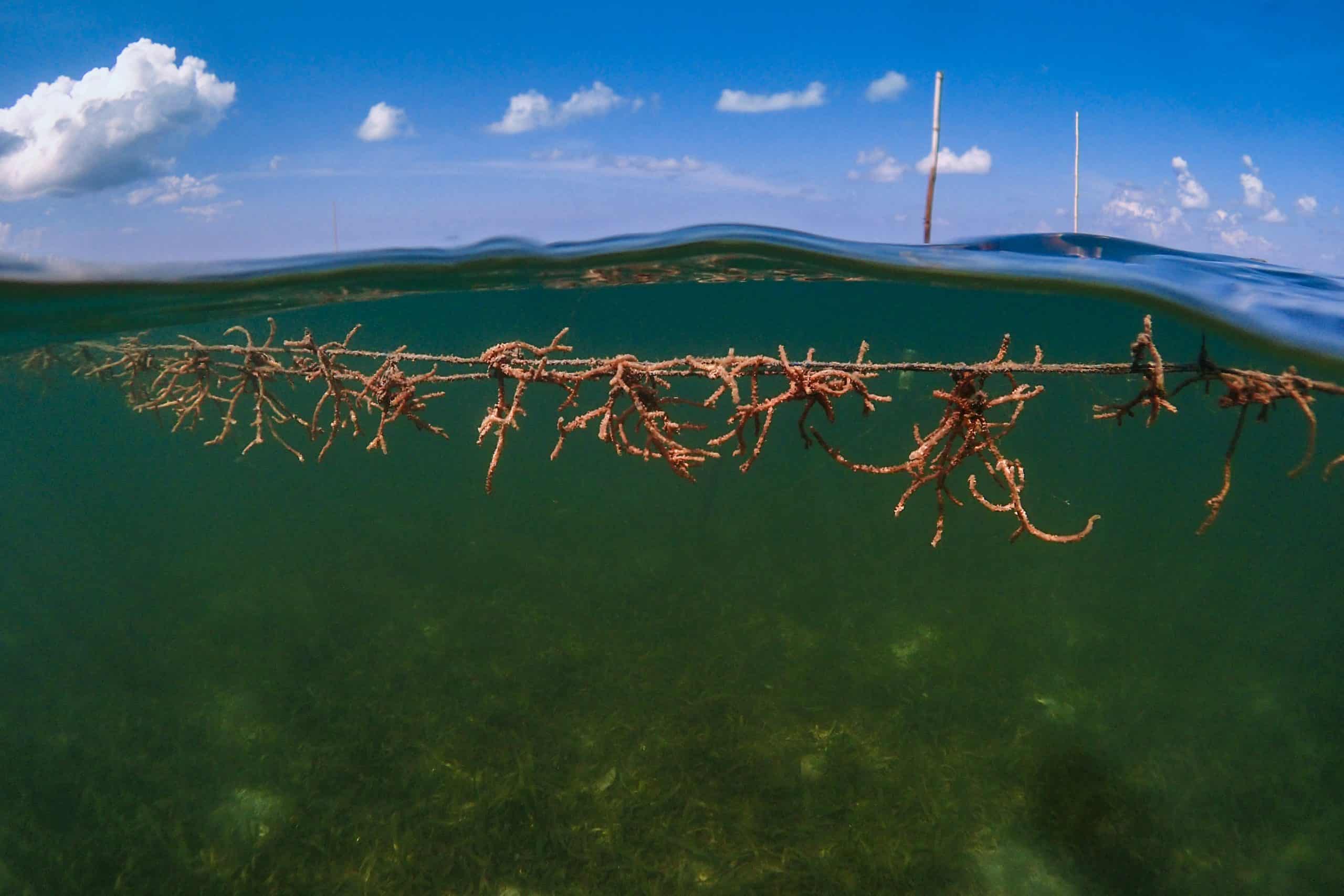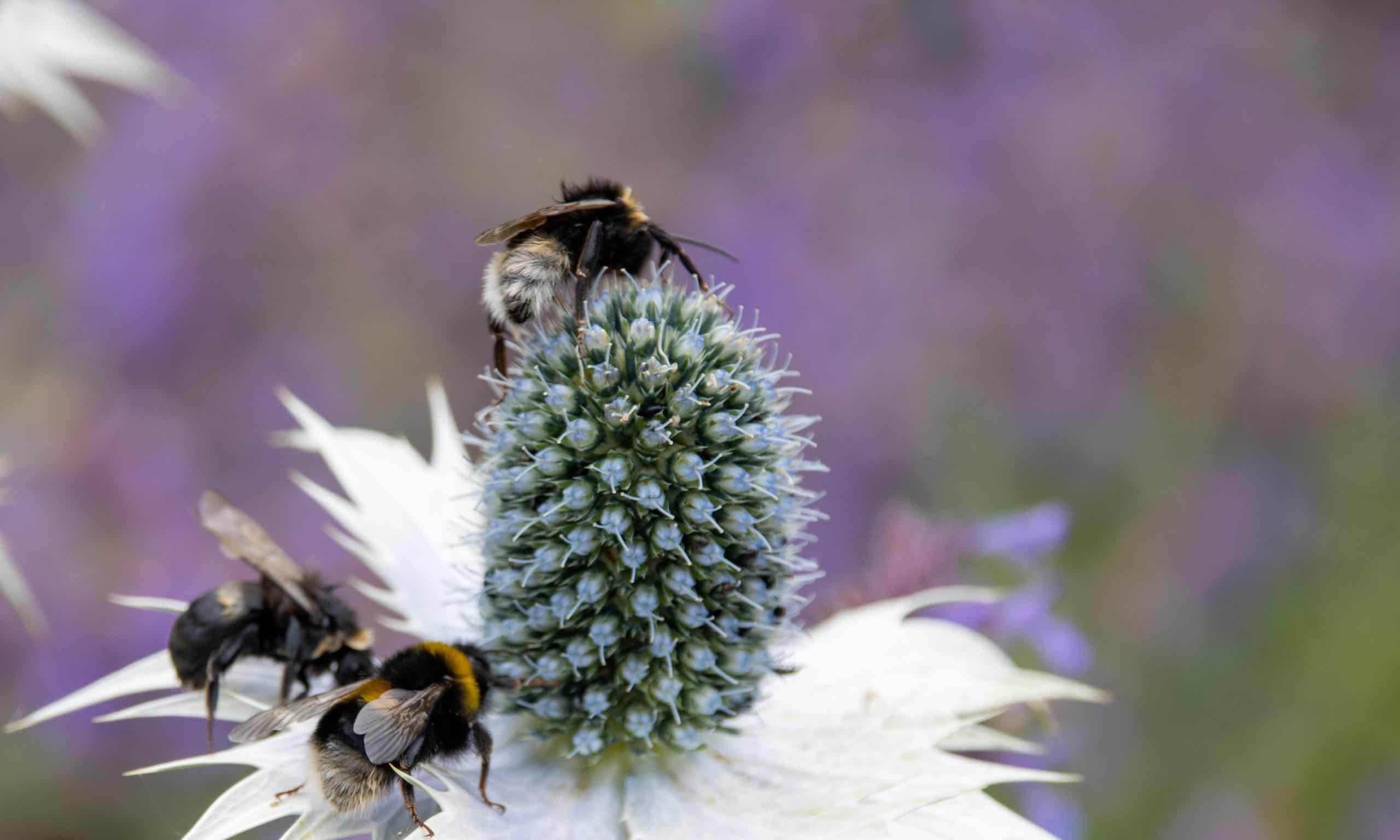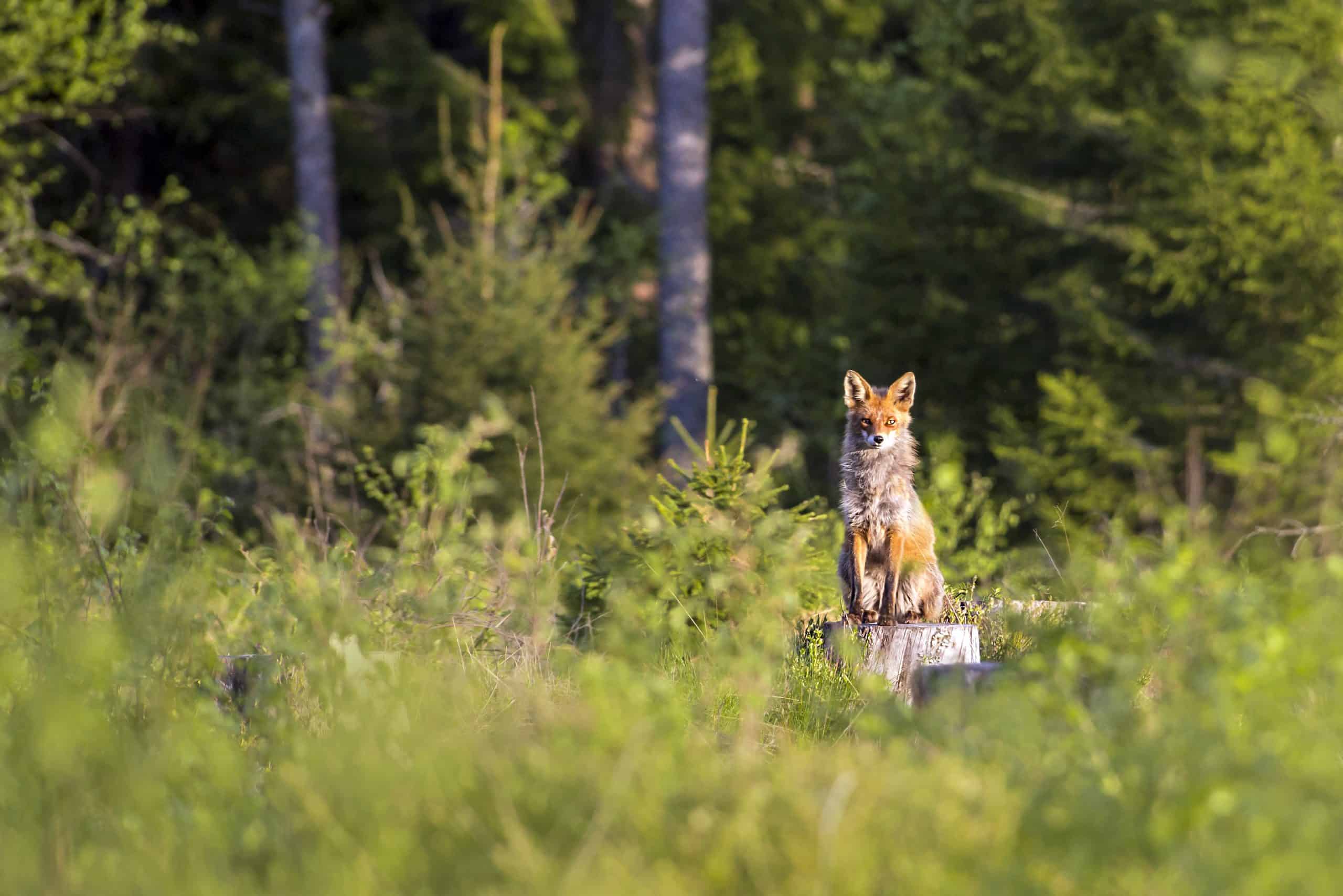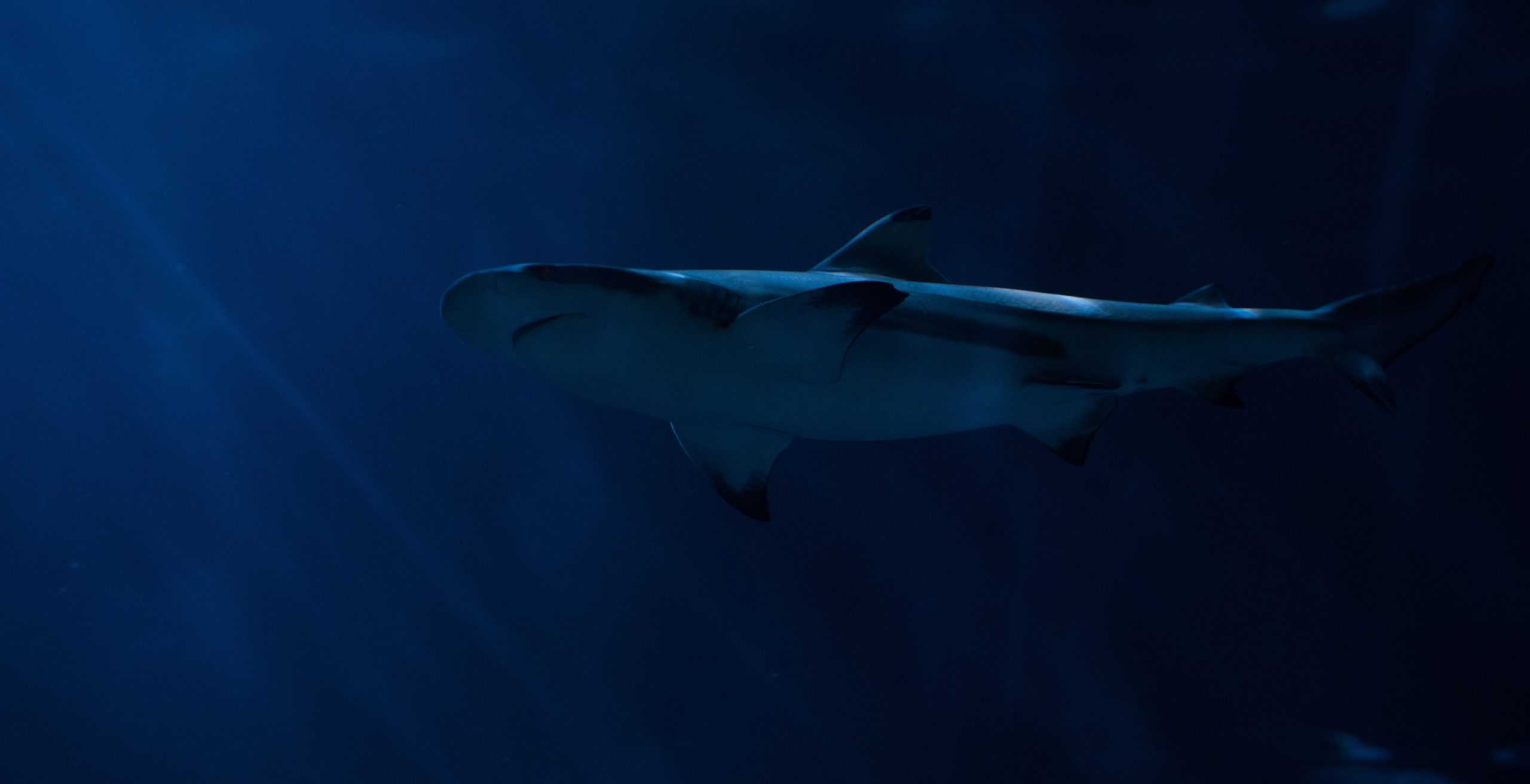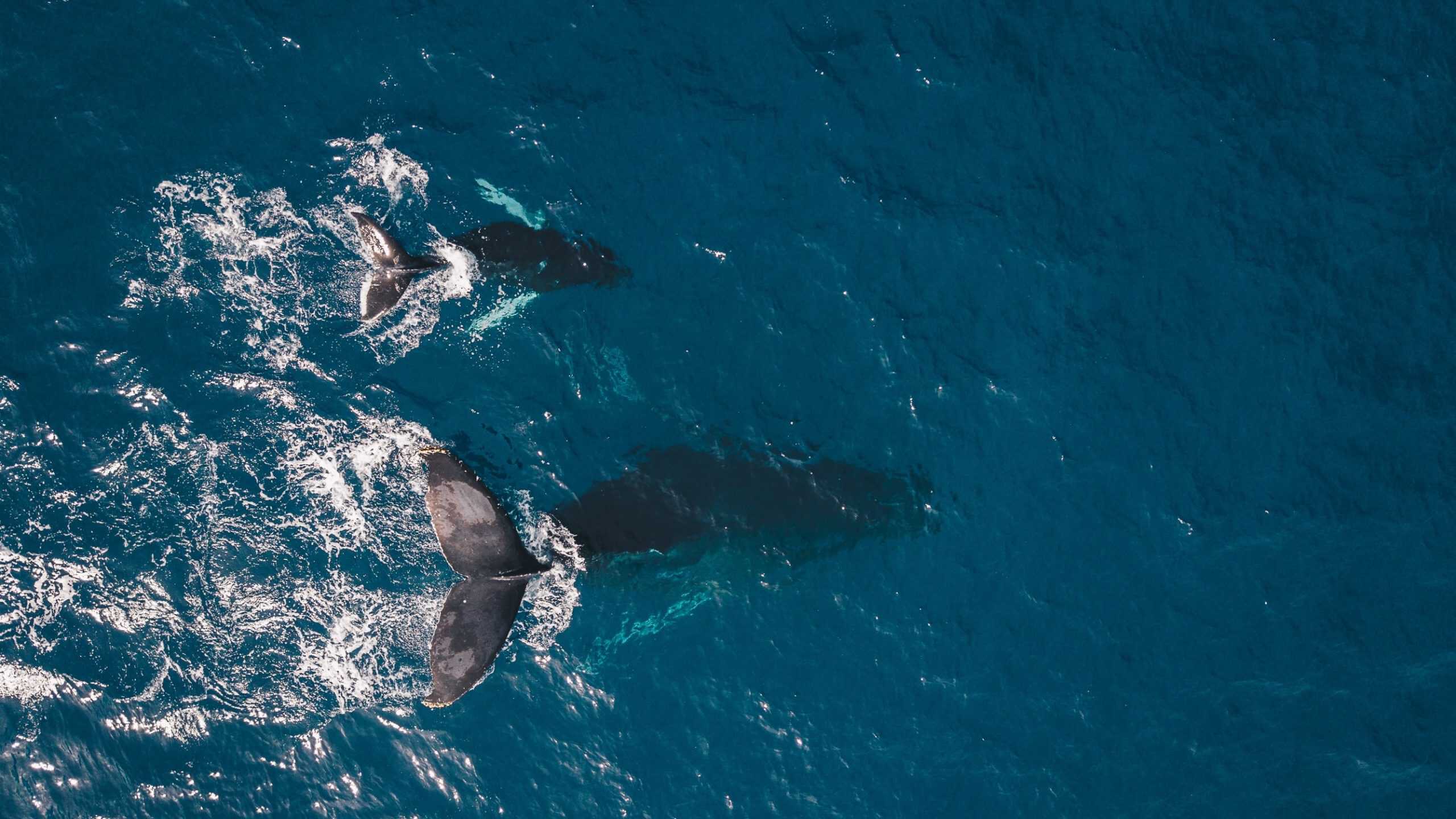Enable Just Transitions Away from Industrial Animal Agriculture
Benefits Transitioning food production systems to reduce their pressure on biodiversity through financial assistance, training, and technical support for meat, dairy, and seafood producers to shift to plant-based and agroecological practices offers significant benefits for climate change mitigation. These measures can lead to lower greenhouse gas emissions, improved soil health, and enhanced carbon sequestration. Supporting … Read more


